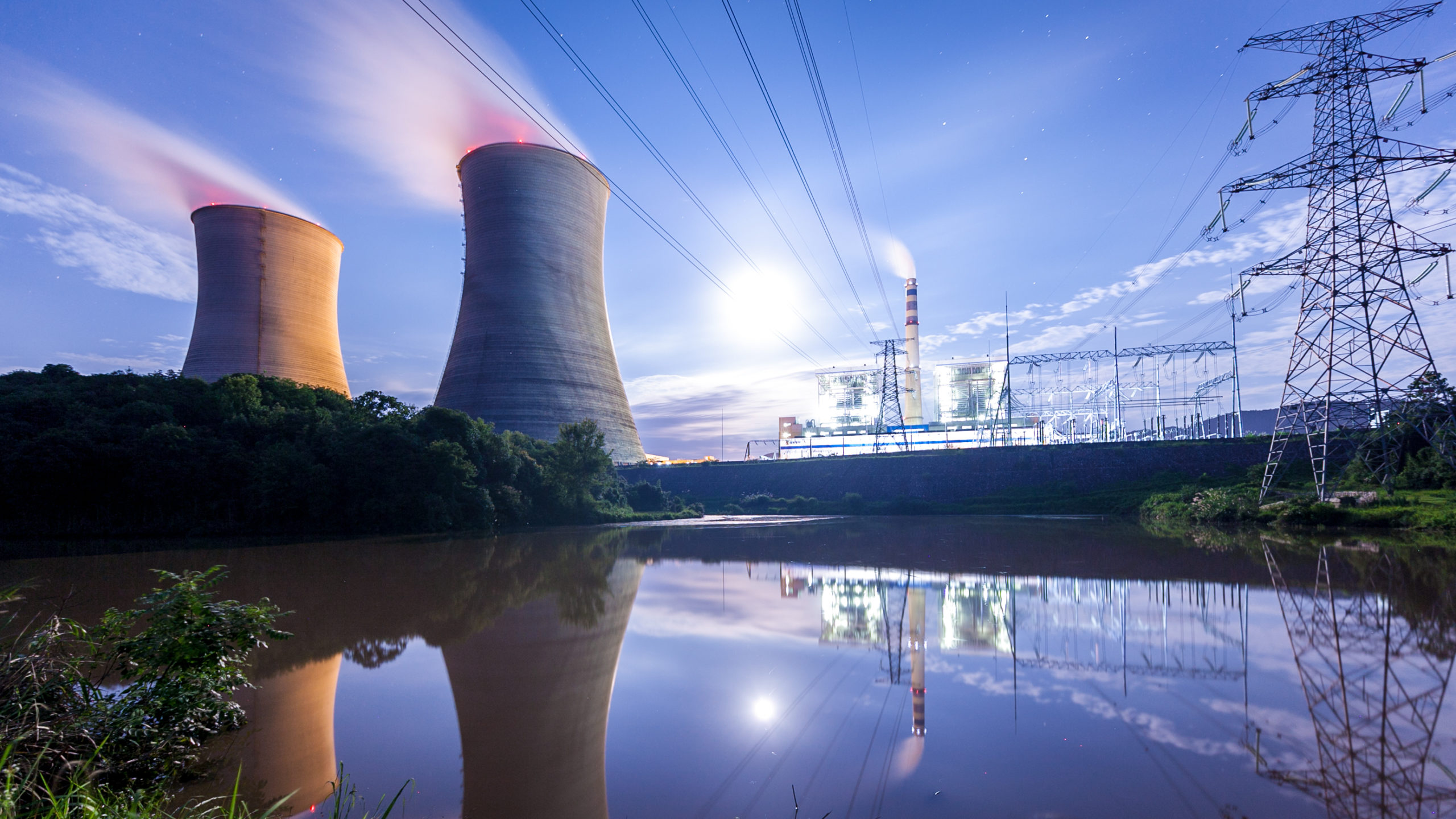We like to see the United States as a world-leader in innovation and technology. Yet on nuclear regulation we’ve got it all wrong. Nuclear power development has been clouded by misconceptions and fear. Pop culture has often vilified nuclear power, associating nuclear production with frequent meltdowns and the green, gooey liquid from The Simpsons. Yet safety concerns surrounding nuclear power have been debunked time and time again. Statistics show that it is actually the safest form of energy production. It’s also the most reliable. The fact is, we need nuclear energy for a clean energy future.
It is becoming common knowledge that nuclear power is not only carbon-free, but has the ability to be a baseload source, producing energy pretty much 24 hours a day, seven days a week. It is also important to note that nuclear generation needs fewer resources – land, space, and water – than other forms of clean energy. Those serious about addressing climate change and moving toward a net-zero future know that nuclear power is a crucial piece of the puzzle. Yes, safety should be a priority, but we cannot allow overcaution to foil our climate change strategy.
That’s what makes our overregulation of nuclear power so counterproductive. In the United States, it takes 26 months longer to approve a nuclear reactor design than it does in the United Kingdom (80 months v. 54 months). In addition, nuclear plants pay, on average, $60 million in regulatory costs per year. During the 1970s alone, American nuclear construction cost increased by 200 percent. Conversely, South Korea’s costs declined by 13 percent between 1989 and 2008. If our goal is to be competitive and innovative in the field of nuclear energy, we’re failing.
We need to roll out a new fleet of nuclear plants with a better regulatory framework, so that engineers can perfect their designs and repeat the latter to make the process more efficient. That should start with the Nuclear Regulatory Commission (NRC) adopting a performance-based, rather than a prescriptive, licensing process. Different companies should be able to design and innovate with their own safety features, rather than follow an outdated, bureaucratic and risk-averse set of pre-existing mandates. That also means developing an entirely different – and less onerous – regulatory framework for next-generation nuclear plants, such as small modular reactors and fusion, which are even safer than the traditional designs.
The United States has long been a hub of innovation and at the forefront of global technological and scientific progress. By stymying the development of nuclear development with arduous regulations, we’re not only losing the battle against climate change, but we’re hurting our reputation for scientific and technological competence on the world stage.
Approximately 15 percent of American nuclear power generation is at risk of retirement, in no small part due to the regulatory processes that the plants are required to follow. Not only is this a waste of nuclear infrastructure already in place, but it also represents a slippery slope. Moving away from nuclear energy does not necessarily mean more renewable energy. More than likely, it means production and consumption of more fossil fuels.
Indeed, oft-touted renewable alternatives to nuclear power generation in the United States, such as wind and solar, are currently unable to provide enough energy to power a modern economy. Without further innovations in advanced battery technology, we cannot rely on renewables alone to ensure the clean energy transition. Instead, in a scenario of continued nuclear decline, it’s the continued and expanded use of fossil fuels that will provide reliable, affordable energy for most Americans. By over-regulating our existing nuclear fleet and stymying new nuclear innovations, we risk making ourselves more and more reliant on baseload fossil fuels. If we want our energy sector to continue to become cleaner, nuclear cannot be the enemy. In fact, it’s our biggest ally, but only if we allow it to be.
Until now, we’ve allowed regulation to undermine and possibly fatally wound the nuclear industry. That needs to stop if we are to address climate change and kickstart a new age of innovation. Reforming nuclear regulation should be at the forefront of energy policy in the years to come.

